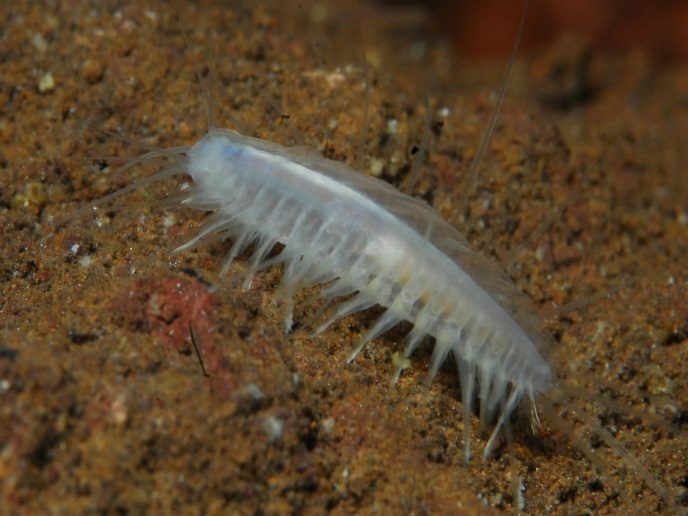Unlocking the genetic secrets of how life evolves
Natural selection(opens in new window) is a process that leads, over time, to changes in the characteristics of a species. Some individuals are better adapted to their environments because of the genes they carry. These individuals will survive and reproduce better, and their genes will consequently be present in more individuals in the next generation. “An excellent example of natural selection acting rapidly is the emergence of antibiotic(opens in new window) resistant bacteria,” notes ComplEvol project coordinator Pascal-Antoine Christin, research fellow at the University of Sheffield(opens in new window) in the United Kingdom. “When antibiotics are applied, bacteria carrying resistant genes will be the only ones to produce new individuals. This resistance will then very rapidly increase in frequency.” While scientists have an excellent understanding of how natural selection works, the process by which traits of impressive complexity emerge is less well understood. For example, some traits provide an advantage only when multiple elements come together.
Plant evolution explained
In the ComplEvol project, Christin focused on achieving a better understanding of how a complex plant process called C4 photosynthesis(opens in new window) evolved. “Plants evolved C4 photosynthesis to adapt to the low CO2 atmospheres that have prevailed for the last 30 million years,” he explains. “However, the C4 trait provides an advantage only when multiple enzymes act together. So how did this occur?” Christin and his team studied the origins of C4 photosynthesis in the grass species Alloteropsis semialata(opens in new window). “We focused on this grass species in part because it evolved C4 photosynthesis relatively recently,” adds Christin. “The species still contains individuals lacking the trait. We were able to take samples from within both the C4 and non-C4 groups and conduct comparative analyses.” Christin was able to demonstrate that C4 photosynthesis can emerge via just a few modifications. “C4 individuals contain only a few genes and cellular changes that non-C4 plants lack,” he says. “Only a few changes are needed for the emergence of C4 photosynthesis. Natural selection then acts to improve the trait, making it progressively more complex and efficient.” The project, which was supported by the European Research Council(opens in new window) also highlighted the importance of genetic exchanges for the evolution of complex traits. Christin found that some genes necessary for C4 photosynthesis were ‘stolen’ from other plant species, accelerating the process of evolution.
Understanding evolutionary processes
The project’s findings could be hugely significant. Crops and grasses that use C4 photosynthesis dominate tropical and subtropical regions, and include maize, sugarcane, sorghum and millet. “This shows that traits of impressive complexity are actually easy to evolve,” he says. “Much of their complexity results from changes that have accumulated under the repeated action of natural selection.” This fascinating discovery will now be taken further. “To understand the ecological impact of each element of C4, we plan to cross-breed C4 and non-C4 individuals of Alloteropsis semialata,” he explains. “Their progeny will have only some of the parts of their C4 parent. This will enable us to assess how these individual traits affect the survival of the plants in the absence of other C4 parts.” Christin is also interested in determining the extent to which genetic material is exchanged between species. “Does this happen in all species, or only some? These are very important questions for our understanding of evolution, but they also have implications in the field of agronomy(opens in new window),” he adds.







